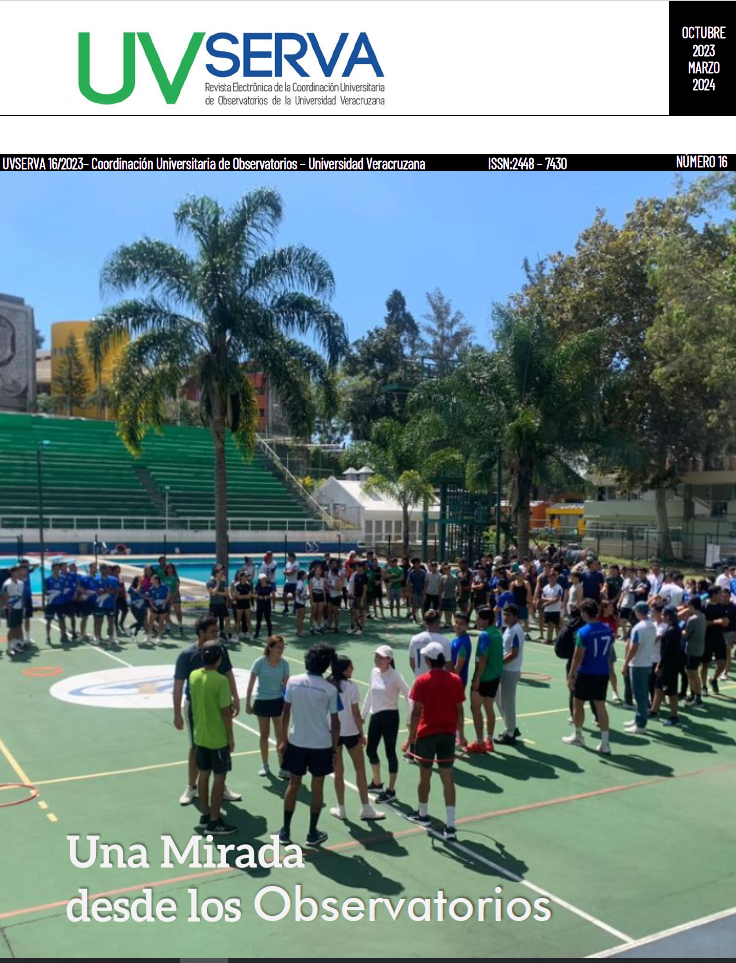Resumen
La familia Orchidaceae incluye especies protegidas en México que son comercializadas de manera ilegal. El objetivo de la investigación fue identificar y registrar las orquídeas silvestres comercializadas en el mercado Isabel Díaz de Castilla localizado en Tenango de las Flores, Puebla. Se aplicaron encuestas durante un año a los comerciantes para recolectar los datos de las especies comercializadas. Se registraron 137 especies distribuidas en 60 géneros como Epidendrum, Prostechea y Encyclia. El 85 % de las especies fueron de hábito epífito que provienen mayormente de los estados Chiapas, Oaxaca y Veracruz. Se identificaron especies comercializadas incluidas en la categoría de riesgo en peligro de extinción. Se llevó a cabo un Taller de planeación participativa con comerciantes y sectores representativos para identificar problemáticas y propuestas. Los resultados obtenidos sientan una base para estudios futuros que logren incidir en la comercialización legal y propuestas para el manejo y conservación de las orquídeas.
Diversity and conservation of traded orchids in Tenango, Puebla, Mexico
Abstract: The Orchidaceae family includes protected species in Mexico that are illegally traded. The aim of the research was to identify, and record commercialized native orchids in the Isabel Díaz de Castilla market located in Tenango de las Flores, Puebla. Surveys were applied to merchants for a year to collect data about the species traded. 137 species were recorded distributed in 60 genera such as Epidendrum, Prostechea and Encyclia. 85% of the species were epiphytic, mostly from the states of Chiapas, Oaxaca, and Veracruz. Traded species that are included in the risk endangered category were identified. A participatory planning workshop was held with merchants and representative sectors to identify challenges and proposals. The results obtained lay a basis for future studies that may influence the legal commercialization and proposals for the management and conservation of orchids.
Citas
Anderson, R. P. (2023). Integrating habitat-masked range maps with quantifications of prevalence to estimate area of occupancy in IUCN assessments. Conservation Biology, 37(1).
Castellanos-Ramírez, M., Rosas, U., Guzmán-Ramos, M. C. y Sandoval-Zapotitla, E. (2023). Contribution of Morphoanatomic Characters to the Taxonomy of the Genus LAELIA (Orchidaceae) in Mexico and Their Implication in Environmental Adaptation. Plants, 12(5).
Castillo-Pérez, L. J., Martínez-Soto, D., Maldonado-Miranda, J. J., Alonso-Castro, A. J. y Carranza-Álvarez, C. (2019). The endemic orchids of Mexico: a review. Biologia, 74(1).
Cruz-Garcia, G., Lagunez-Rivera, L., Chavez-Angeles, M. G., & Solano-Gomez, R. (2015). The Wild Orchid Trade in a Mexican Local Market: Diversity and Economics. Economic Botany, 69(4).
DOF. (2010). Norma Oficial Mexicana NOM-059-SEMARNAT-2010.Obtenido de https://www.gob.mx/profepa/documentos/norma-oficial-mexicana-nom-059-semarnat-2010.
Emeterio-Lara, A., Palma-Linares, V., Miguel Vázquez-García, L. y Mejía-Carranza, J. (2016). Usos y comercialización de orquídeas silvestres en la región sur del estado de México. Polibotánica, 42, 197–214.
Espejo-Cruz, A. D. C., Espejo-Martínez, A., Chávez-Ángeles, M. G., Lagunez-Rivera, L. y Solano, R. (2023). Deficiencies in compliance with environmental regulation for orchid trade via social networks in Mexico. Botanical Sciences, 101(2).
Flores-Palacios, A. y Valencia-Díaz, S. (2007). Local illegal trade reveals unknown diversity and involves a high species richness of wild vascular epiphytes. Biological Conservation, 136(3).
Gruda, S., Haimovich, G. y Sullivan, J. (2023). Lexical creativity in modern Nahuatl: An analysis of multidialectal data. Lingua, 285, 103488.
Gutiérrez Rodríguez, B. E. y Hernández-Rivera, Á. (2023). The orchids of Megaméxico and their interactions with pollinators. Agro Productividad, 11(1).
Gutiérrez-Rodríguez, B. E., Vásquez-Cruz, M. y Sosa, V. (2022). Phylogenetic endemism of the orchids of Megaméxico reveals complementary areas for conservation. Plant Diversity, 44(4).
Laguna-Cerda, A., Aguilar-Morales, M. A. y López-Sandoval, J. A. (2022). Orchid species richness of Mexico: Opportunities for use and conservation. Acta Horticulturae, 1340, 241-252.
Martínez-Pérez, I., López-Trabanco, P. y Orta-Pozo, S. (2013). Estrategia de promoción sociocultural-medioambiental con participación comunitaria para la conservación de orquídeas cubanas. Revista Científica Avances, 15(2).
Morales-Linares, J., Carmona-Valdovinos, T. F. y Ortega-Ortiz, R. V. (2022). Habitat diversity promotes and structures orchid diversity and orchid-host tree interactions. Flora: Morphology, Distribution, Functional Ecology of Plants, 297.
Munawaroh, E., Isnaini, Y. y Purwanto, Y. (2023). Diversity of Orchid Species in Liwa Botanic Gardens and Their Utilization by the Community. AIP Conference Proceedings, 2606, 050004.
Munguía-Lino, G., Vázquez-García, L. M. y López-Sandoval, J. A. (2010). Plantas silvestres ornamentales comercializadas en los mercados de la flor de Tenancingo y Jamaica, México. Polibotánica, 29(29), 281–308.
Muñoz, J. J., González, J. F., Sánchez, J. J. M., León, S. H. y López, Paul. M. G. (2023). Orquídeas silvestres comercializadas en dos mercados de Puebla México. Boletín de Ciencias Agropecuarias del ICAP, 9(Especial), 34–37.
Phillips, R. D., Reiter, N., & Peakall, R. (2020). Orchid conservation: From theory to practice. En Annals of Botany, 126(3).
Sánchez, I. E., García-Cruz, J., Espejo-Serna, A., & Lópezortega, G. (2019). Identification of areas of endemism in the Mexican cloud forests based on the distribution of endemic epiphytic bromeliads and orchids. Phytotaxa, 397(2).
SEMARNAT. (2021). Anexo A, Identificación de representantes territoriales y sectoriales y Talleres de Participación Social (TPS). Obtenido de https://www.gob.mx/semarnat/ordenamientosecologicos/documentos/anexo-a-identificacion-de-representantes-territoriales-y-sectoriales-y-talleres-de-participacion-socialtps?fbclid=IwAR31ddpG7YABPAPSsjg23Rpl_peLnyY1Oz_22rklRK41QQwEyiXHJumWvVg
Štípková, Z. y Kindlmann, P. (2021). Orchid extinction over the last 150 years in the Czech Republic. Diversity, 13(2).

Esta obra está bajo una licencia internacional Creative Commons Atribución-NoComercial 4.0.
Derechos de autor 2023 José Luis Alanís Méndez, Zuny Berenice Velázquez Juárez , Blanca Esther Raya Cruz, Miguel Angel Lozano Rodríguez

